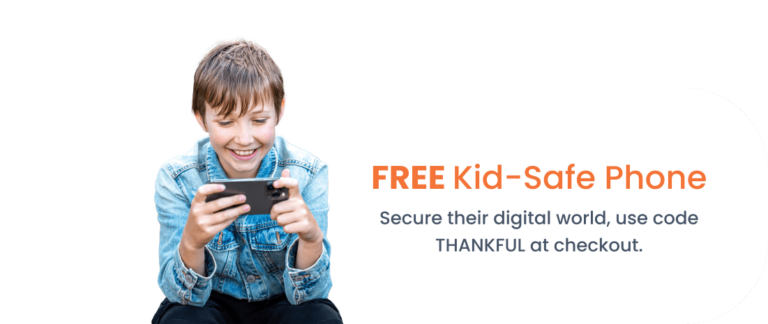Parental Guide
It’s too bad the app store doesn’t come with a complete guide on dangerous apps for kids, or a convenient list of 15 apps parents should know about. But we’ve got you covered! Here’s a quick look at what to keep tabs on in these apps:
- Facebook: Friend requests, private messaging, image sharing, and location information are things to remember when your kids join Facebook.
- Instagram: The story feature is more popular here than Facebook, meaning what your kids share and see may be gone before you’ve had a chance to see it too.
- Twitter: While there is technically a privacy setting, most users get more out of the app by being public, making this a much more global stage.
- Snapchat: Cute filters, but again shared content disappears in a flash, which isn’t always a good thing.
- Pinterest: What? Pinterest? Wedding boards are dreamy, but make sure your family checks a link before clicking to an outside site.
- WhatsApp: Great for adults traveling internationally but not so great for your tween to be texting internationally.
- YouTube: There’s now a separate YouTube Kids! Your kids, or your teens too old for the Kids edition, may still be exposed to adult content/language on the original YouTube.
- Netflix: Use your login to set up parental controls so a pin is required for higher-rated films and shows.
- Skype/Zoom/Microsoft Teams/Google Hangouts: A lot of parents and kids worked and learned through an online meeting platform during the Covid-19 pandemic, meaning your children are likely more versed in how to sign on to video chats.
- TikTok: Watch out for the mental impact of this app as discussed below.
Is TikTok Dangerous?
TikTok use increased during the pandemic, which is no surprise with the many new dance moves and recipes it provides! (You have tried the baked feta pasta, right?) But for teens, there is one particular type of content to watch out for- those “what I eat in a day” videos. While some provide great new snack inspiration, others promote disordered eating patterns and suggest extreme caloric deficits. You and your teen can make TikTok a safer place to be by learning to spot disordered eating habits and chatting together.
Additionally, TikTok accounts are set to public automatically, but there is an option to change this setting.
A Full View
What are the most dangerous apps for teens? What is the most dangerous app in general? Certainly there are dangers less thought of, such as the already mentioned eating disorders on TikTok. Any app with messaging can be dangerous for teens to communicate with strangers, especially when those messages quickly disappear, such as on Snapchat. What is most dangerous for your youngster or teen may come down to what they can access, or who can access them. Parental controls (and chats over ice cream) can help you feel more confident about safety issues. There are many wonderful apps that help your kids learn and express themselves safely. Ultimately, knowing what to look for builds confidence for you as you navigate the app store.
Even when the apps we’ve highlighted are not on your child’s own phone, keeping tabs on the open tabs on Mom’s phone or big brother’s laptop helps, too. Kids are born with natural know-how around all electronic devices these days! Navigating the world of apps can be challenging, but you can give them the tools to use apps in a smart, safe way—removing some of the fear we may feel as our kids begin interacting with the world. With Troomi, phones don’t have to be scary places!


